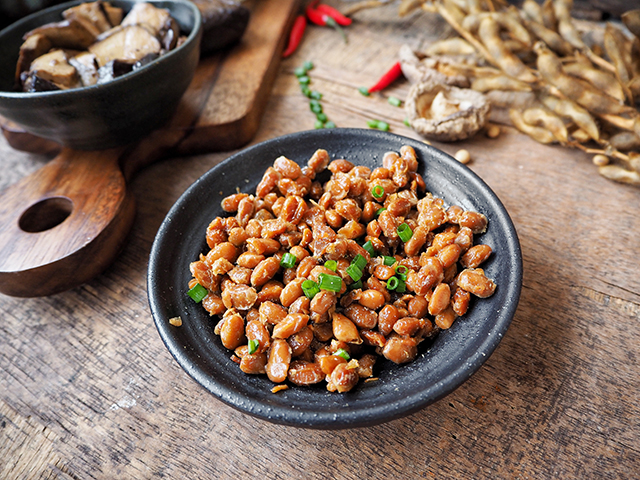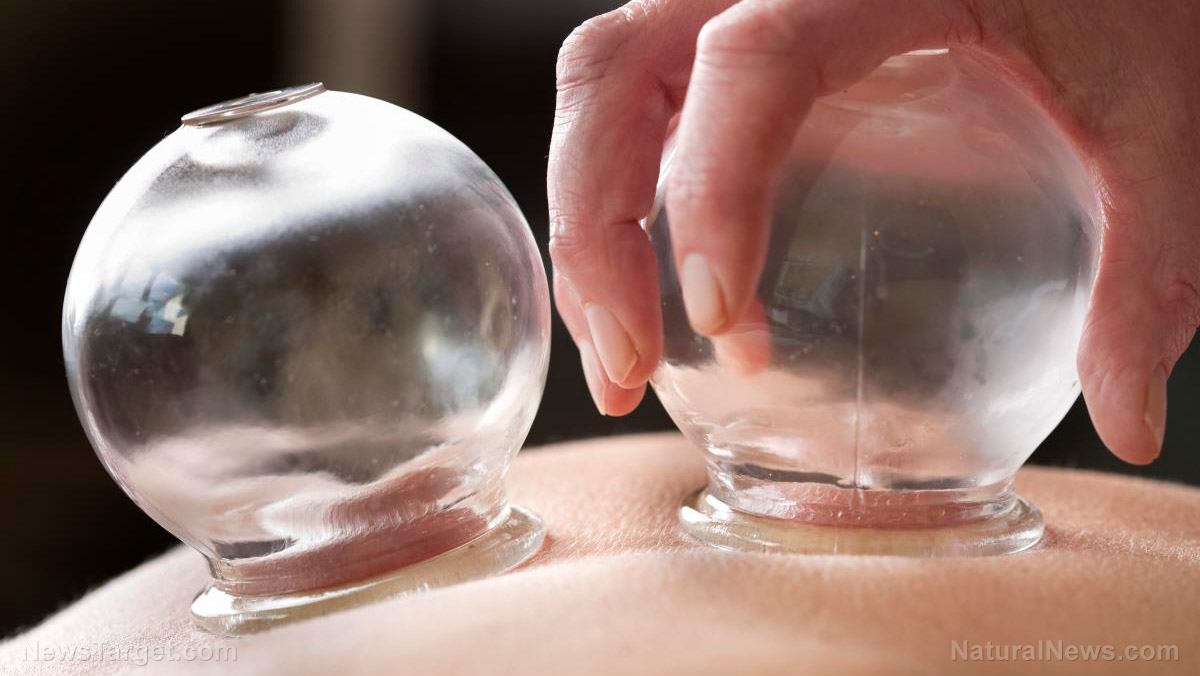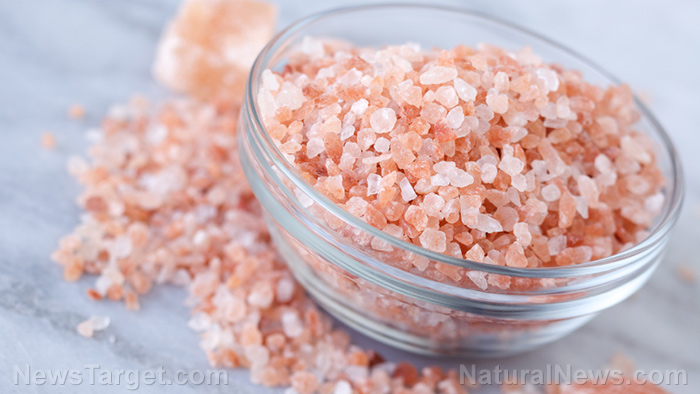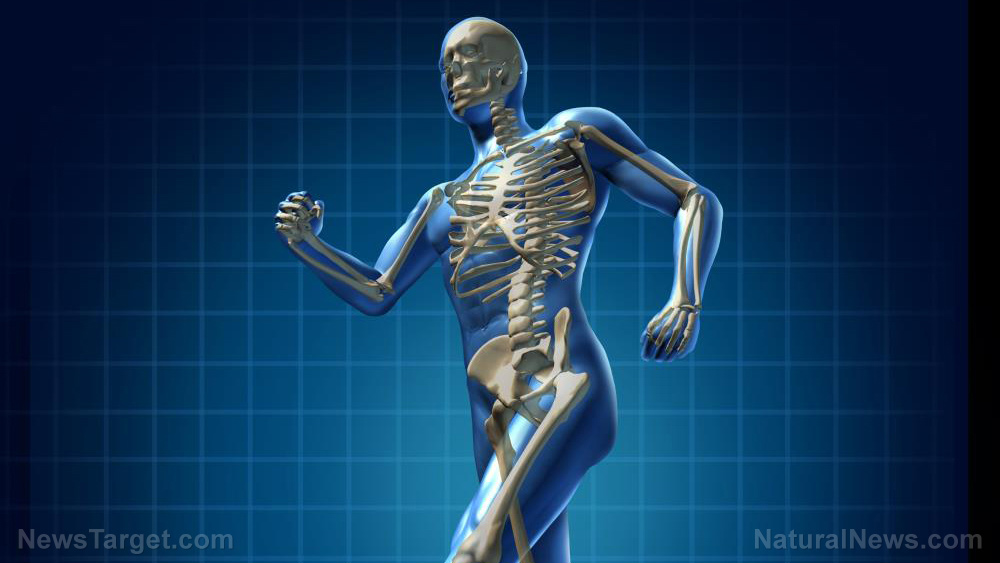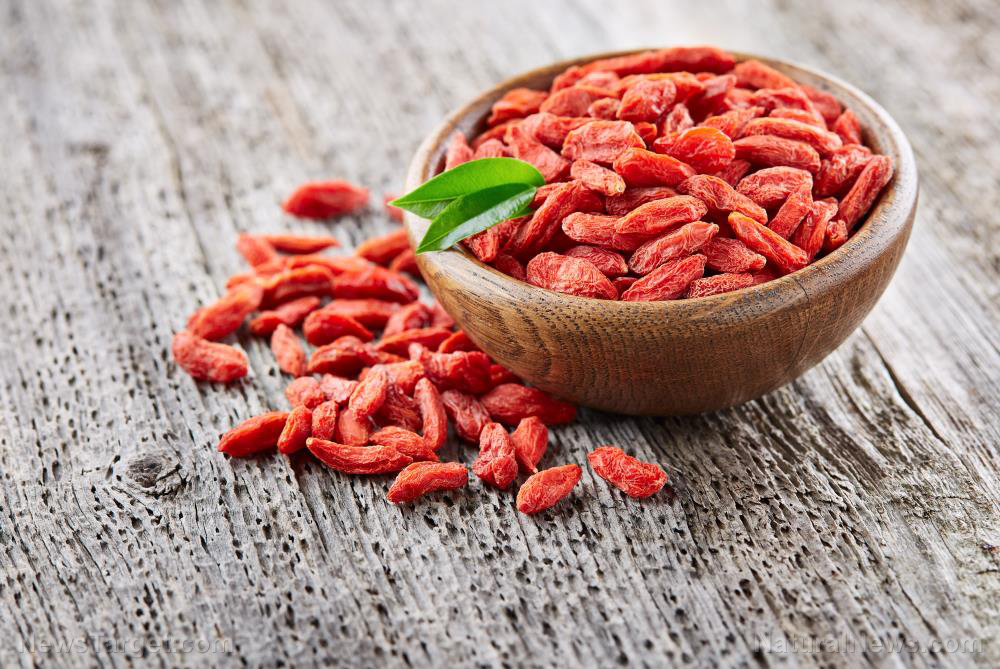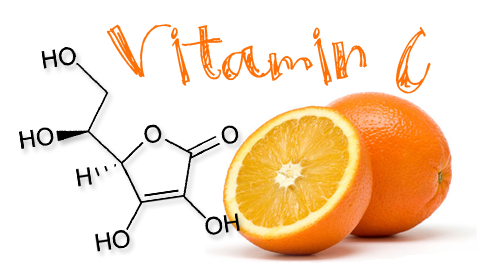Study confirms energy transfer in different types of energy healing, including Reiki and acupuncture
09/25/2018 / By Vicki Batts
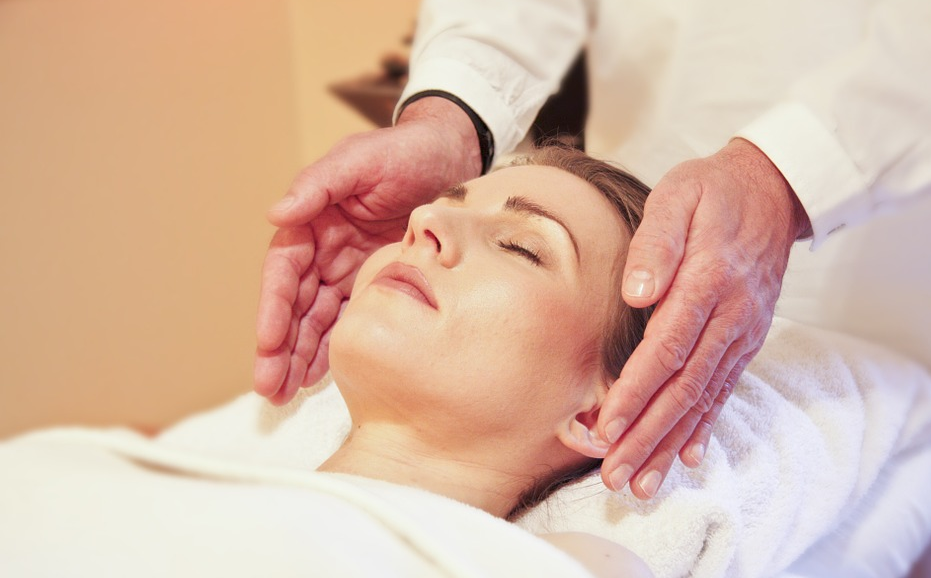
For many people, the benefits of energy healing practices like Reiki are immeasurable. But in a recent study, scientists attempted to do just that: Measure (and confirm) the energy transfer which takes place during a typical Reiki session. Reiki is an ancient practice of energy healing that first rose to fame in Japan during the 1800’s — but different takes on energy healing have existed for centuries. Now, scientists seek to confirm what the healers of the past already knew.
Reiki advocates say that the practice keys in on the flow of universal energy and that Reiki practitioners can transfer energy to their patients by channeling it through their hands. MedicalNewsToday.com reports that at least 60 hospitals in the United States offer Reiki therapy to their patients. Survey data suggests that over a million people will try Reiki or a similar therapy in a given year. Despite the naysayers in “modern” medicine, Reiki continues to grow in popularity.
But, because of the nature of Reiki and energy healing, studying its benefits and quantifying them has proven quite difficult — at least, until now.
Maria Kuman, Ph.D. at the Holistic Research Institute in Knoxville, Tennessee, recently conducted a study to analyze the potential energy transfers that occur during a Reiki healing session. Kuman herself admits that was she was more than skeptical at the notion of real energy transfers taking place. To conduct her research, Kuman created and patented highly sensitive equipment in order to measure the energy of Reiki practitioners and their patients during practice.
Kuman reports that their results showed that Reiki healers do not lose their own energy while healing. In fact, her equipment showed that there was an increase in energy for the healers, as well as their patients. “This proved the Reiki Masters right when claiming that by healing others they heal themselves,” she notes.
She explained further, “There could be only one explanation to this – the Reiki healers are not using their own body energy to heal. The fact that their energies have increased after healing and their energetic balance has improved means that there is a third source of energy, from which they draw. ”
To that end, Kuman contends that energy healing could be especially useful for disease prevention, by addressing energy imbalances before they lead to illness. Kuman also notes that the practice of acupuncture may offer similar benefits to Reiki, particularly regarding disease prevention.
Previous reports have also touched on the benefits of Reiki — though conclusive science is hard to come by, that hasn’t stopped anyone from enjoying the practice and its offerings. Even the National Institutes of Health have admitted that studies featuring Reiki for conditions like pain, cancer and depression have shown that the practice may help patients manage their symptoms.
Science continues to confirm the value of so-called alternative medicine, especially when it comes to long-held traditional practices like Reiki, acupuncture and other energy-balancing practices. Herbal and plant medicines have also grown to fame in recent years.
Turmeric, for example, has been enjoying the spotlight recently. Earlier this year, Mike Adams reported on an amazing case where a 67-year-old woman had cured her stage-3 myeloma cancer with nothing more than curcumin capsules. Curcumin is a compound found in turmeric that’s highly regarded for its medicinal value — and it’s now quite clear as to why. After rounds of chemotherapy and other grueling treatments failed, curcumin worked.
While mainstream medicine continues to lag behind, alternative medicine shines.
Sources for this article include:
Tagged Under: alternative medicine, energy healing, energy therapy, natural cures, natural healing, Reiki, reiki healing, therapies









